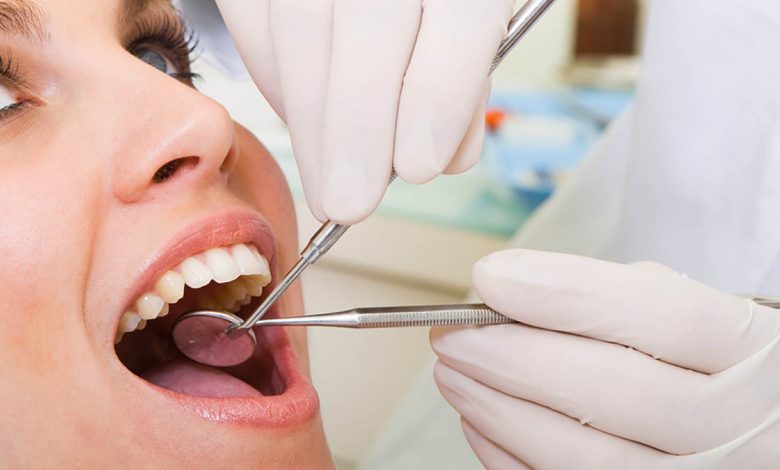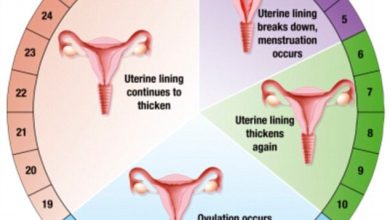6 Facts you need to know about Wisdom Teeth Extraction

Wisdom tooth extraction is a common oral surgery that many patients fear. However, it is unavoidable because an impacted wisdom tooth poses several dental health risks. To help you prepare for this procedure, here are a few facts you should know about wisdom teeth removal.
- Wisdom tooth extraction is a regular procedure
Most people have at least one wisdom tooth that erupts between ages 17 and 25. A wisdom tooth may or may not undergo impaction. Then, why do you need to remove a wisdom tooth? Because it is hard to clean as its located at the end of adult teeth. Inadequate cleaning may lead to dental problems over time. Therefore, many people undergo wisdom tooth removal surgery before or after impaction. It is a minor surgery that helps you maintain dental health.
- Wisdom tooth impaction causes several oral health problems
First, let us understand impaction. It refers to a wisdom tooth growing at an odd angle below the surface of your gums. Impaction results from the lack of room for the tooth to erupt normally. Wisdom tooth impaction causes pain and swelling and may damage healthy teeth and soft tissues. It can also lead to cysts, tumors, and infections. When aggravated and left untreated, such problems may cause organ damage in some cases. Note that dental issues can also result from fully grown molars.
- Removing wisdom tooth early helps
Dentists advise you to go for wisdom tooth extraction during your twenties or earlier. During this period, wisdom teeth are not fully developed, which makes removal less complicated and ensures faster recovery.
- Wisdom teeth impaction can be asymptomatic
Sometimes, wisdom teeth impaction has no tell-tale signs. Unless you go for a dental check-up regularly, it is hard to pinpoint if it has already begun affecting your dental health. Some oral surgeons and dentists advise extracting asymptomatic wisdom teeth to prevent potential oral health risks in the future.
- Wisdom tooth extraction pain is tolerable
Before starting the procedure for wisdom tooth removal, the oral surgeon puts you under anesthesia. You may choose general anesthesia, local anesthesia, or conscious sedation. Sedation and anesthesia are safe ways to minimize pain and discomfort for the patient.
6. You can expedite recovery
The recovery timeline varies for each individual. Though you can resume normal activities within 3-5 days, full recovery can take 6-8 weeks. However, following your doctor’s advice and home remedies can help you recover faster. Avoid consuming alcohol, acidic drinks, smoking, spicy and chewy foods, strenuous activities, squishing vigorously while rinsing your mouth, and drinking through a straw to expedite recovery. Brush gently around the treatment area and maintain oral hygiene.
What if you leave wisdom teeth impaction untreated?
Leaving an impacted wisdom tooth untreated can worsen an existing dental condition and trigger new problems. The wisdom teeth may break halfway through your gums, causing them to go beneath a flap of gum tissue. The food particles trapped under the flap can make your gums inflamed, swollen, and painful.
Alternatively, your jaw may not allow space for your third molars to erupt. Unable to break through the gums, one or more of your wisdom teeth may grow in at an odd angle, with the top of the tooth facing backward, forward, or to either side. It can cause serious problems, including damage to other teeth and bone, infection, or growth of painful nodules.
Which oral issues does wisdom tooth extraction treat?
Removal of wisdom teeth helps correct or treat the following dental problems.
- Crowded teeth at the back
- Gum disease and tooth degeneration in the wisdom tooth
- Swollen, painful, inflamed gums caused by a partially grown flap of skin around a wisdom tooth
- Wisdom tooth impaction that causes pain, swelling, and abscess formation.
What is the procedure for wisdom tooth removal?
- It involves an outpatient procedure. Below are the steps to give you an idea.
- Your dentist examines your oral health and may ask you to go for an X-ray of the entire mouth or only the affected area.
- Based on the complexity of the issue, they decide between performing surgery immediately or prescribing antibiotics. The latter happens when there’s an infection in the tooth or area.
- Your dentist then discusses anesthesia options with you and chooses between injecting local or general anesthesia. This decision depends on the severity of your case, pain tolerance, and the number of teeth to be removed. For general anesthesia, do not eat anything for at least 12 hours before the surgery. Nitrous oxide and intravenous sedatives are commonly used.
- The dentist cuts through and opens the tissue surrounding the wisdom tooth.
- They separate the tissue that connects the tooth and the bone gently to remove the affected tooth. The dentist may take the tooth out bit by bit if that makes the extraction easy.
- Your dentist covers the depression caused by extraction and stitches it using dissolvable threads.
- To prevent bleeding, they give you a gauzed cotton swab to keep on the operated area.
- You can go home once you have taken all the after-care instructions. If you think you will need painkillers, you may buy those available over-the-counter or ask your dentist to prescribe any.
How long does the extraction process take?
The duration of the extraction process depends on the severity and complexity of the case; a fully erupted wisdom tooth in the upper jaw takes around 35 minutes. Extracting an impacted tooth takes around an hour because the bone around the tooth needs to be opened up first.
If you are feeling pain, swelling, or sensitivity at the back of your jaw, your wisdom teeth may have got affected. If so, visit your dentist immediately as wisdom tooth removal is necessary for optimal oral health.





